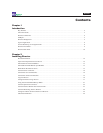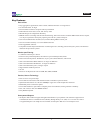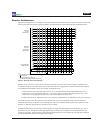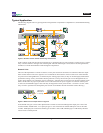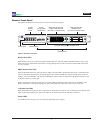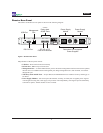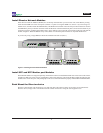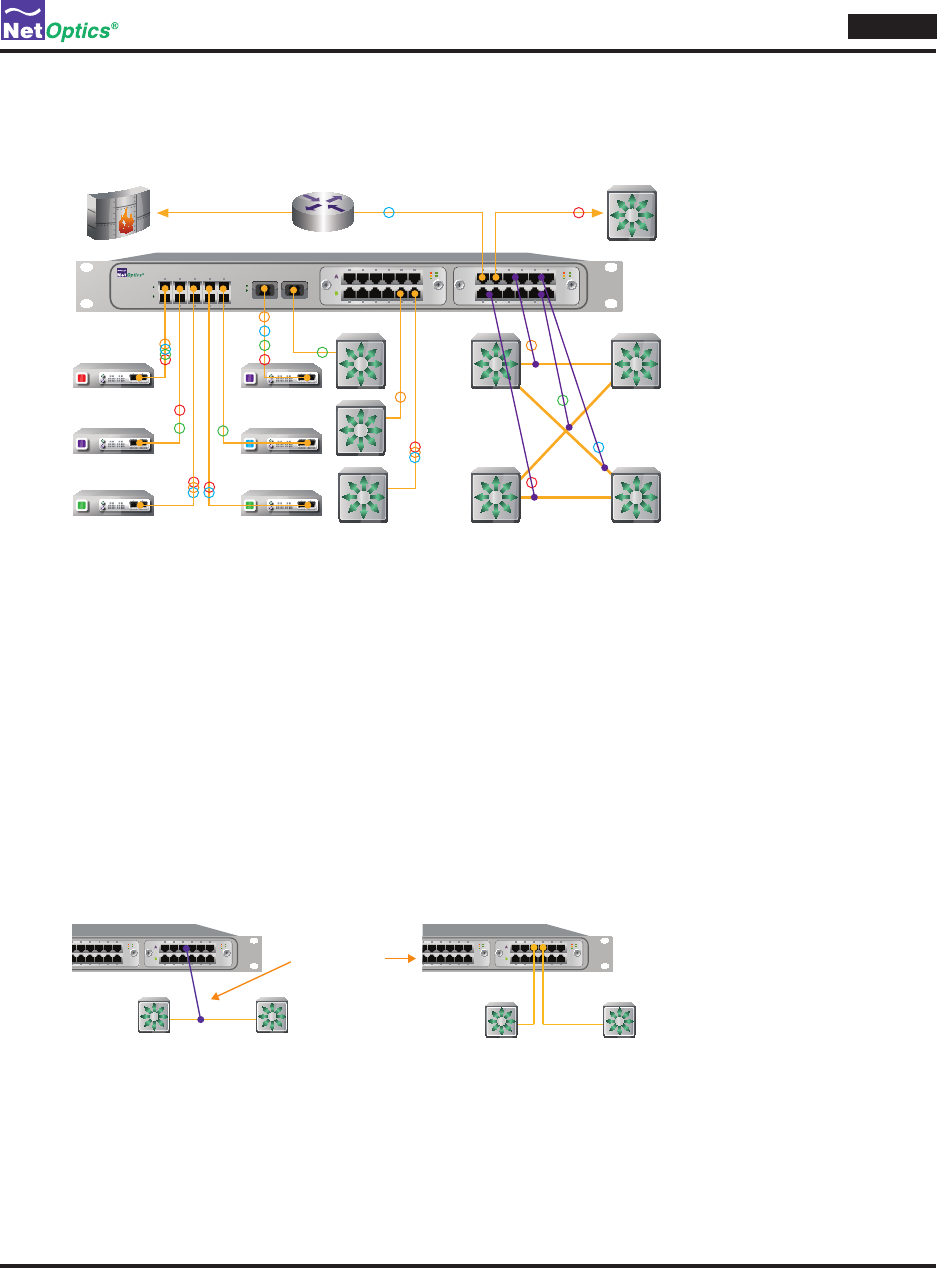
Director
6
Typical Application
The following diagram shows a typical application using Director to implement a comprehensive, consolidated monitoring
infrastructure.
www.netoptics.com
1
2
B
A
A B
IDS
Analyzer 2
Analyzer 1
RMON 1 RMON 2
Forensic
Director-centric network monitoring infrastructureFigure 2:
In this example, eight network links are monitored by six monitoring devices. The company's external access is protect-
ed by a rewall, shown in the upper left of the diagram. The link runs through a router, then in-line through Director,
and then to a switch that distributes trafc throughout a department.
Network Links
The rest of the department's switches are shown, but only the connections to Director are illustrated. The four depart-
ment switches shown in the lower right are cross-connected for fault tolerance. All four of the cross-connected links
are passed in-line through Director (as indicated by the slanting purple lines) so they can be thoroughly monitored for
performance tuning, security, and trouble-shooting. Because so many critical links pass in-line through Director, it's
good to know that they are completely passive connections—Director does not slow down or interfere with the in-line
trafc, and the links stay open to pass trafc even if both of the Director power supplies are removed. (When power
is removed, 10/100/1000 Copper in-line links may be dropped for a short period of time —less than 1 second—while
relays switch to open the link. Subsequently, the network re-establishes the links and trafc resumes owing.)
Purple line
indicates an
in-line Tap
Detail of in-line Taps shown in Figure 2Figure 3:
In the middle of Figure 2, three other departmental switches are monitored through their Span ports. One of the
switches handles 10GbE trafc, so its Span port goes to one of the Director 10GbE XFP ports. One of the other
switches' 1GbE Span ports carries three distinct types of trafc–e-mail, VoIP, and Web pages–as indicated by the three
colored circles on the Span link.




